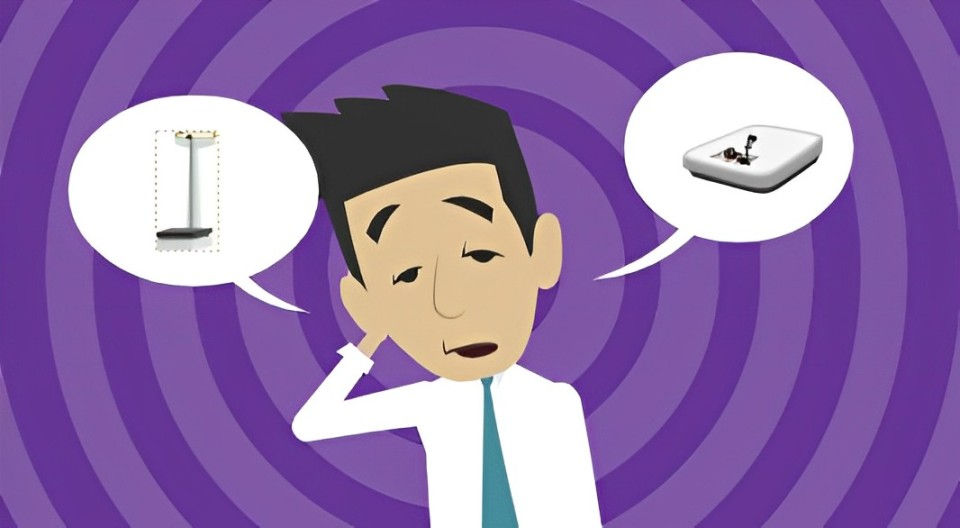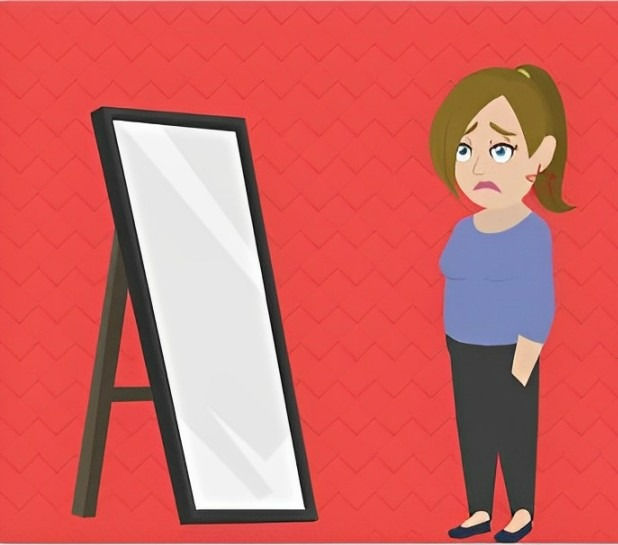Signs of Negative Body Image in Children & Teens: What to Look For
- Olivia, Body Image Coach

- Mar 4, 2024
- 2 min read
Let’s talk about eating disorders and body dysmorphic disorder in teens.

Introduction:
Negative body image in children and teens is a concerning issue, with reports of eating disorders and body dysmorphic disorder emerging in children as young as six years old. Identifying the signs early on is crucial to providing support and fostering a positive body image. In this article, we'll discuss common disorders, their symptoms, and how to approach someone suspected of struggling with these issues.
Body Image Disorders Overview:
Eating disorders and body dysmorphic disorder are complex mental health issues influenced by various factors such as trauma, coping mechanisms, and societal pressures. Recognising the signs is essential for early intervention. Some common disorders include:

Anorexia Nervosa
Bulimia Nervosa
Binge Eating Disorder
Avoidance Restrictive Food Intake Disorder (ARFID)
Other Specified Feeding or Eating Disorder (OSFED)
Purging Disorder
Pica
Rumination Disorder
Additionally, Body Dysmorphic Disorder (BDD) and Muscle Dysmorphia involve obsessive preoccupation with one's appearance.
Signs and Symptoms:
Identifying signs beyond weight loss is crucial, as individuals with eating disorders may appear to be a healthy weight. Look for physical and behavioural indicators such as:
Puffy eyes, dark circles, tired eyes, or crepe skin under eyes: associated with purging/vomiting
Changes in skin condition, excess hair loss, or thinning hair: related to various eating disorders
Excess sweating, bloodshot eyes, acne, mood outbursts: potential signs of steroid use
Low immune system, lack of energy, bad breath, fainting, loss of menses: indicative of various eating disorders
Change in clothing fitting, mental health issues, obsession with body talk: linked to eating disorders and BDD
Excessive mirror checking, constant comparison with others, low self-esteem, isolating behaviour: potential signs of eating disorders and BDD
NB: The above is not an exhaustive list.
Approaching Someone Suspected of Struggling:

If you suspect someone is grappling with an eating disorder or BDD, approach them with compassion. Ask open-ended questions such as:
Why is it important to you to engage in this behaviour?
How far are you going with this?
How do you want to feel?
Building trust is crucial, and it's essential to encourage them to seek professional medical advice.
Conclusion:
Addressing negative body image in children and teens requires awareness and understanding. Recognising the signs of eating disorders and body dysmorphic disorder is the first step toward providing the necessary support. If you or someone you know needs assistance get in touch. You can access our free resources pack here.
We are a not for profit social enterprise which offers an online healing programme for teenagers through workshops, coaching, and therapy. We are proud to be rated rated 'excellent' on Trust Pilot - see for yourself here!




Comments